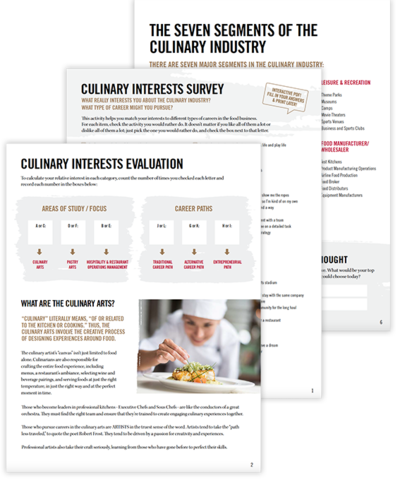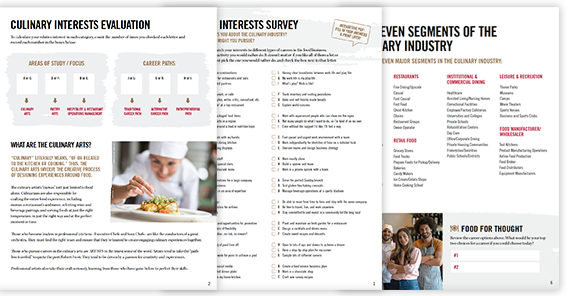All About Meat Thermometers
Taking the guesswork out of cooking your favorite roast chicken or beef tenderloin can make all the difference when it comes to preparing meat. The last thing you want to do when you are serving dishes for your guests is make them sick! As you become more experienced in your cooking courses, you will quickly see the importance of one key tool: a meat thermometer.
Why every chef needs a meat thermometer
The internal temperature of your meat is crucial to monitor if you are trying to keep your dishes from reaching unsafe temperatures. Meat and poultry have to be properly cooked to avoid harmful bacteria like E. Coli from spreading. Any time you are preparing birds, roasts, hams, casseroles or meat loaves, a meat thermometer should be part of your cooking regimen. If this isn’t a habit already, it should be implemented to avoid an uncomfortable evening for your guests or family.
In the same token, a meat thermometer can also indicate whether or not your meats are overcooked. Have you ever bitten into a piece of meat that was so tough you could barely chew it? Having a meat thermometer can let you know the internal temperature of your favorite meats with ease. Most of them cost very little, are simple to use and can potentially save you money on expensive medical bills.
Types of meat thermometers
If the first thing that pops into your mind when you picture a meat thermometer is a metal, dial-topped instrument, you should know that these devices have actually become quite sophisticated. Here are a few of the more popular meat thermometers on the market today:
- Oven-safe dial: This thermometer is handy because it can remain in your dish throughout the entire cooking process. Some models can be calibrated, and the numbers will usually be ready to view in one to two minutes.
- Pop-up: This nifty gadget pops up when the meat is properly cooked
- Digital instant read: For tech nerds, a digital thermometer could be a great tool. Although this can’t be left in the oven, meat temperatures can be read in five to ten seconds.
- Thermometer-fork combination: This variety is great for grilling, as it reads quickly and can get into tougher meats.
If you haven’t picked up a meat thermometer yet, make sure to do so soon! Safe cooking yields the best results!
If you like this post, please be sure to check out the following!
Professional Culinary Tool Kit Items
Tool Spotlight: Mandoline
Tools Spotlight: Dutch Ovens





Recent Comments